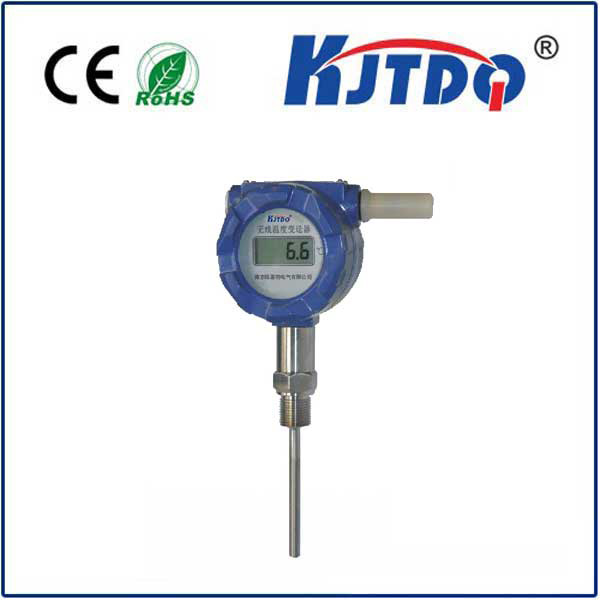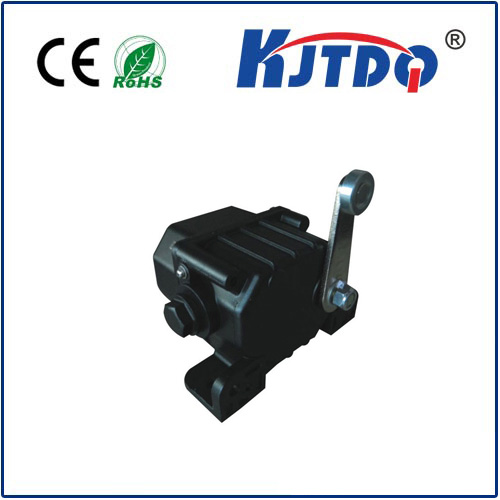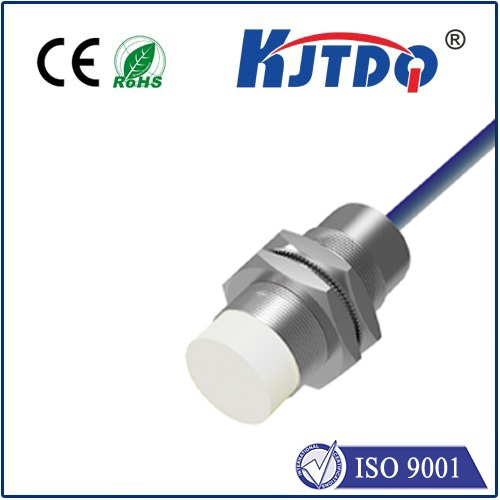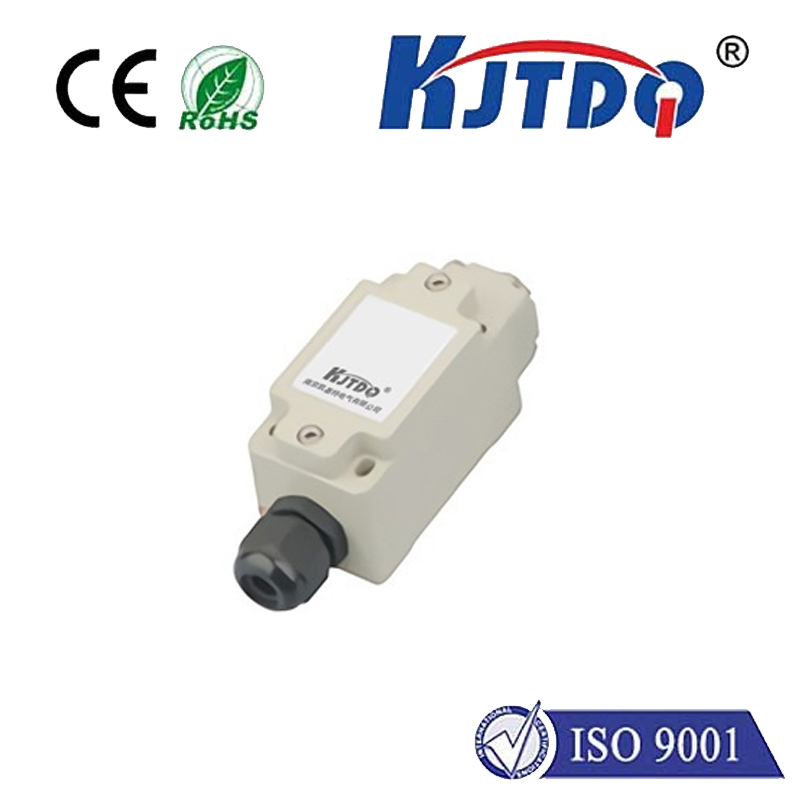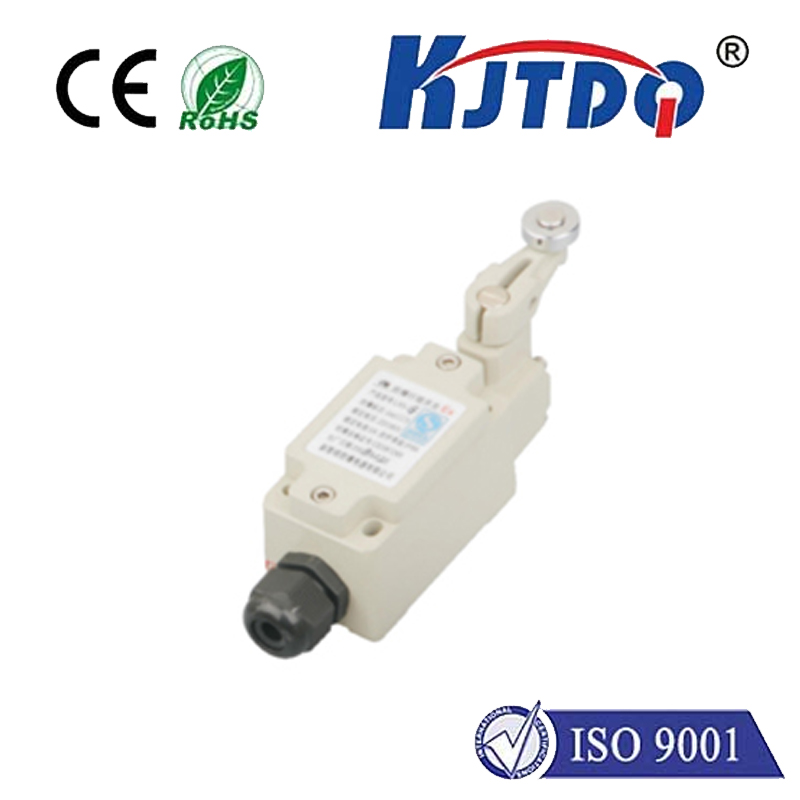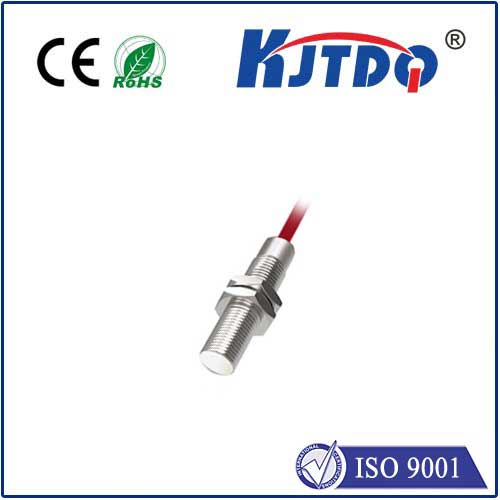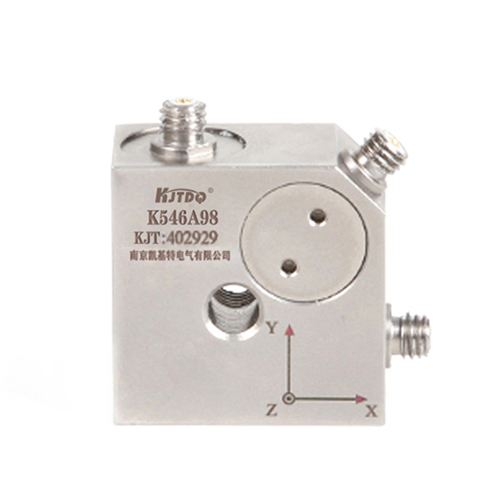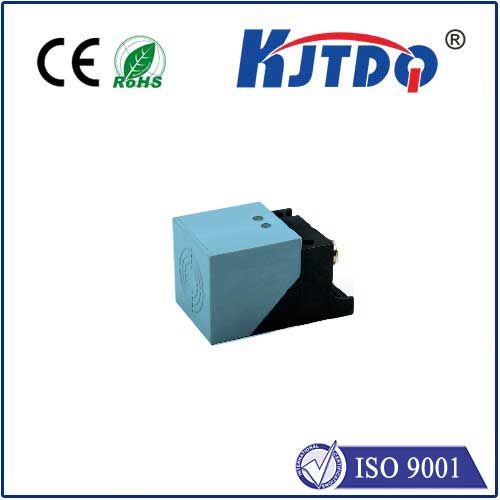

check

check

check

check

check

check

check

check

check

check
Ever wonder if that beautifully grilled chicken is truly safe to eat? Or if your simmering soup has reached the precise temperature needed to destroy harmful bacteria? In the critical world of food safety, guessing is never an option. From bustling restaurant kitchens and large-scale food manufacturing plants to diligent home cooks, ensuring food reaches and maintains safe temperatures is paramount. This is precisely where food temperature probes transform from simple tools into indispensable guardians of health. These devices are the frontline defense against foodborne illnesses, providing the objective data needed to verify food safety at every critical point.
Understanding the Stakes: Why Precise Temperature Control is Non-Negotiable
The danger zone for food is a well-defined temperature range between 40°F (4°C) and 140°F (60°C). Within this zone, harmful bacteria like Salmonella, E. coli, and Listeria can multiply rapidly, reaching dangerous levels in as little as 20 minutes. Consuming food contaminated with these pathogens can lead to severe illness, hospitalization, or even death for vulnerable populations. Regulatory agencies worldwide enforce strict temperature requirements for cooking, cooling, holding, and reheating food. Failure to meet these standards doesn’t just risk health; it can result in costly fines, legal action, reputational damage, and business closure. Food temperature probes provide the only reliable, scientific method to ensure food remains outside the danger zone and meets all safety benchmarks.
Navigating the Types: Choosing the Right Food Thermometer for the Job

Not all temperature probes are created equal. Selecting the right type depends heavily on the specific application and required speed/accuracy:
The Critical Role in HACCP and Food Safety Management
Food temperature probes are the cornerstone of any effective Hazard Analysis Critical Control Point (HACCP) plan. HACCP is a systematic, science-based approach to identifying, evaluating, and controlling food safety hazards. Critical Control Points (CCPs) are steps in the process where hazards can be prevented, eliminated, or reduced to safe levels. Temperature control is overwhelmingly the CCP at stages like cooking, cooling, hot holding, cold holding, and reheating. Accurate, properly calibrated temperature probes are the tools used to monitor these CCPs. Without reliable temperature data recorded at critical times, a HACCP plan is effectively meaningless. Consistent use of food thermometers ensures compliance with regulations like the US FDA Food Code and equivalent standards globally.
Mastering the Use: Accuracy Starts with Technique
Owning a quality probe is only half the battle. Proper technique is vital for obtaining accurate readings:
Selecting Your Sentinel: Key Features to Consider
When choosing a food temperature probe, consider:
Beyond Compliance: The Value of Temperature Verification
Investing in high-quality food temperature probes and rigorous temperature monitoring protocols is more than just ticking a regulatory box. It demonstrates a fundamental commitment to consumer safety. It protects your customers from illness, safeguards your staff and business from liability, reduces waste by preventing overcooking through precise control, enhances food quality and consistency, and builds invaluable trust with customers and health inspectors alike. In the high-stakes arena of food preparation and service, accurate temperature monitoring is not optional; it’s absolutely essential, and the humble yet powerful food temperature probe is the indispensable tool that makes it possible. Make it your trusted partner in every kitchen.
